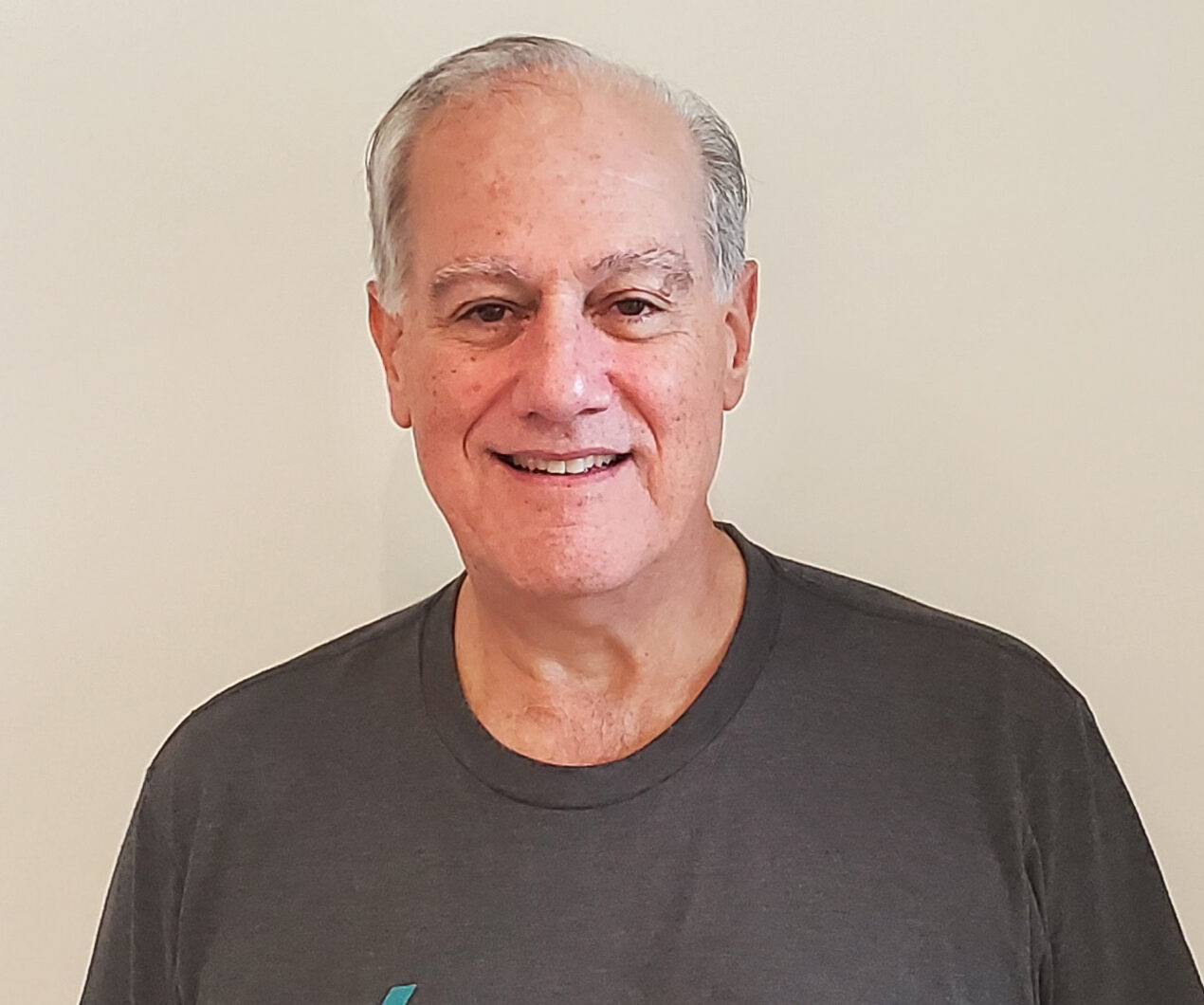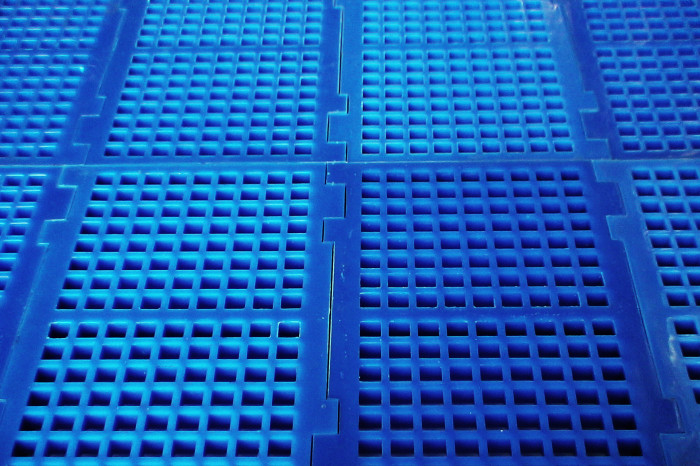This blog is the third in a series that has been dedicated to typical screening media that are installed in Vibratory Screeners with their advantages and disadvantages so you can be in a better position to assist us in the selection process.
Polyurethane
This screening media has been gaining acceptance in sizing and dewatering applications. Polyurethane is a synthetic polymer that is either cast or injection molded into screen decks or panels/modules. They are somewhat similar to perforated plate as specifications are typically designated by the openings, there is a bar width (amount of material between the openings), centers (distance between the holes as well as staggered or straight line) and thickness.
Polyurethane is best suited for medium to coarse screening. Traditionally for vibratory screeners, the openings are square or rectangular (slotted), but other shapes are available. Sections can be provided with hook edges to allow similar installation as wire cloth screens except no concerns about tensioning. They can also be supplied in multiple modules or panels that are installed with pop-in fasteners.
Advantages: Its primary advantage is excellent wear resistance as polyurethane is very resilient material. In particular, its longevity far exceeds more conventional wire cloth for wet applications where spray pipes are used to clean material like sand or for dewatering applications as water acts like a lubricant. Since the openings are molded, they can be provided with close tolerances and the opening can be widened at the bottom to reduce incidents of material getting caught or plug blinding as the material passes through the aperture. As wear can be uneven, modular designs allow simple replacement of just the worn panels which saves time and money.
Disadvantages: The disadvantages are open area which is typically less than wire cloth, limitations for fine openings and expense. Additionally, larger abrasive particles can cause premature wearing at the feed end of this decking if the material is fed onto the screen at angles which could gouge the polyurethane.
The advantages outweigh the disadvantages where the high cost of this decking is offset by its typically excellent wear resistance which delivers greater service life. It wouldn’t take too much math to determine the breakeven based on the number of screen section replacements including the associated labor and downtime vs. the cost of a single polyurethane screen. So, polyurethane can be a cost effective alternative to more conventional wire cloth depending on the replacement frequency and cost of your current screens. Well, I’ve now turned my attention over to the NBA and our Cavaliers. Can King James take them to the Promised Land? Stay tuned for updates on the progress of the Cavaliers, oh and yeah, information on additional screening media that can be installed in vibratory screeners.

Jack Steinbuch has been with The Cleveland Vibrator Company for over 36 years accumulatively. He has previous experience in the manufacturing industry as a Senior Application Engineer and has worn many hats on our team in sales and managerial capacities. Now, he’s in the position of General Sales Manager. With a BSCE from The University of Toledo, he is an expert in the realm of sizing vibratory screeners and feeders, and sizing vibratory drives for tables and other vibratory equipment. Understanding that customer service is crucial, Jack believes it is important to provide the proper product for every application, even if it happens to not be supplied by The Cleveland Vibrator Company.
In his off-hours, you can find Jack spending time with his family and playing with his grandchildren. He loves sports; both watching and playing, and is an avid golfer and a league bowler during the winter. He will be retiring at the end of September 2021 and hopes to spend his winters vacationing in Florida.
Follow us:
Share this blog post:


